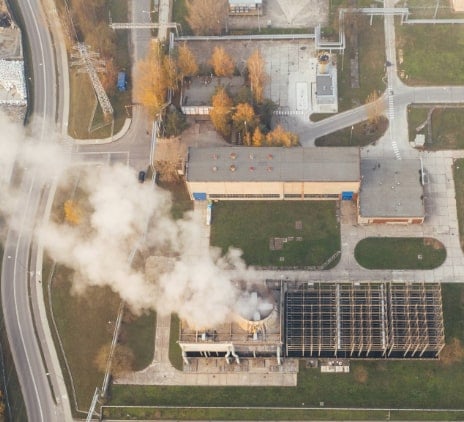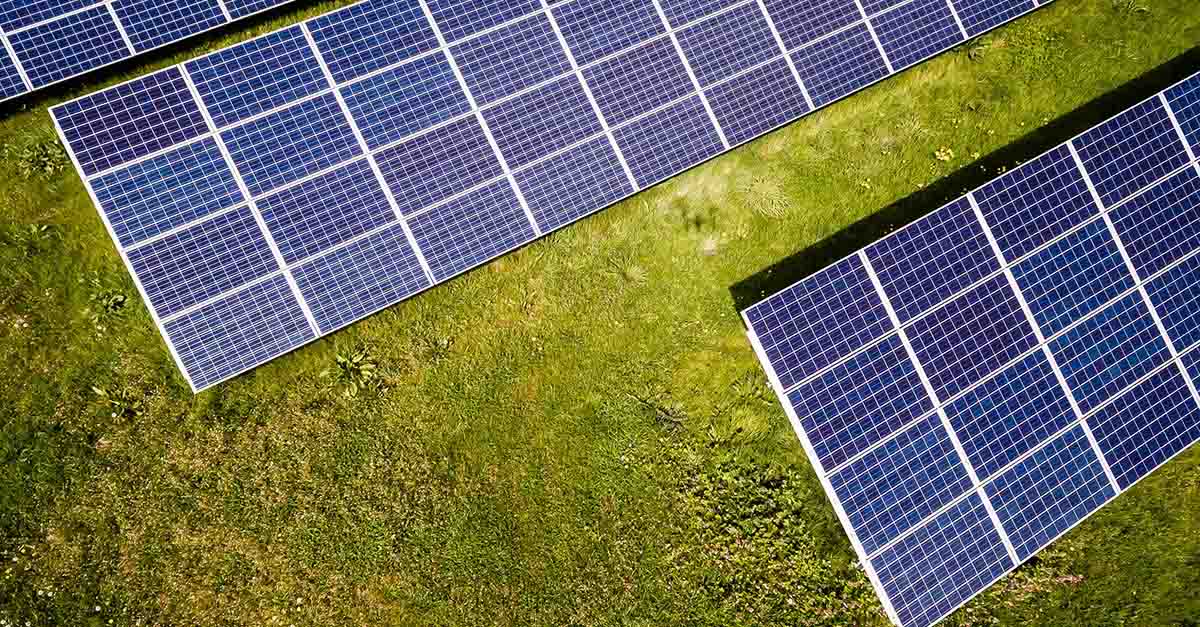-
Accounting Advisory
Our accounting advisory team help businesses meet their complex financial reporting requirements. The team can support in applying new financial reporting standards, IFRS/ US GAAP conversions, financial statement preparation, consolidation and more.
-
Payroll
Our team can handle your payroll processing needs to help you reduce cost and saves time so that you can focus on your core competencies
-
Managed accounting and bookkeeping
Outsourcing the financial reporting function is a growing trend among middle market and startup companies, as it provides a cost-effective way to improve the finance and accounting function. Our team can help with financial statement preparation, consolidation and technical on-call advisory.
-
Accounting Advisory
Our team helps companies keep up with changes to international and domestic financial reporting standards so that they have the right accounting policies and operating models to prevent unexpected surprises.
-
Crypto Accounting Advisory Service
Our team can help you explore appropriate accounting treatment for accounting for holdings in cryptocurrencies, issuance of cryptocurrencies and other crypto/blockchain related accounting issues.
-
ESG Reporting and Accounting
As part of our ESG and Sustainability Services, our team will work with you on various aspects of ESG accounting and ESG reporting so that your business can be pursue a sustainable future.
-
Expected Credit Loss
Our team of ECL modelling specialists combine help clients implement provisioning methodology and processes which are right for them.
-
Finance Transformation
Our Finance Transformation services are designed to challenge the status quo and enable your finance team to play a more strategic role in the organisation.
-
Managed Accounting and Bookkeeping Services
Outsourcing the financial reporting function is a growing trend among middle market and startup companies, as it provides a cost-effective way to improve the finance and accounting function. Our team can help with financial statement preparation, consolidation and technical on-call advisory.
-
Business Tax Advisory
Our business tax team can help you navigate the international tax landscape, grow through mergers and acquisitions, or plan an exit strategy.
-
Corporate Finance
Our corporate finance team helps companies with capital raising, mergers and acquisitions, private equity, strategic joint ventures, special situations and more.
-
Financial Due Diligence
From exploring the strategic options available to businesses and shareholders through to advising and project managing the chosen solution, our team provide a truly integrated offering
-
Valuations
Our valuation specialists blend technical expertise with a pragmatic outlook to deliver support in financial reporting, transactions, restructuring, and disputes.

-
Sustainability with the ARC framework
Backed by the CTC Grant, businesses can tap on the ARC Framework to gain access to sustainability internally, transform business processes, redefine job roles for workers, and enhance productivity. Companies can leverage this grant to drive workforce and enterprise transformation.

-
Business Tax Advisory
Our business tax team can help you navigate the international tax landscape, grow through mergers and acquisitions, or plan an exit strategy.
-
Corporate Tax Compliance
Our corporate tax teams prepare corporate tax files and ruling requests, support you with deferrals, accounting procedures and realise tax benefits.
-
Tax Governance
Our Tax Governance Services are designed to assist organisations in establishing effective tax governance practices, enabling them to navigate the intricate tax environment with confidence.
-
Goods and Services Tax
Our GST team supports organisations throughout the entire business life-cycle. We can help with GST registration, compliance, risk management, scheme renewals, transaction advisory and more.
-
Transfer Pricing
Our Transfer Pricing team advises clients on their transfer pricing matters on and end-to-end basis right from the designing of policies, to assistance with annual compliance and assistance with defense against the claims of competing tax authorities.
-
Employer Solutions
Our Employer Solutions team helps businesses remain compliant in Singapore as well as globally as a result of their employees' movements. From running local payroll, to implementing a global equity reward scheme or even advising on the structure of employees’ cross-border travel.
-
Private Client Services
Our private client services team provides a comprehensive cross section of advisory services to high net worth individuals and corporate executives, allowing such individuals to concentrate on their business interests.
-
Welfare and benefits
We believe that a thriving team is one where each individual feels valued, fulfilled, and empowered to achieve their best. Our welfare and benefits aim to care for your wellbeing both professionally and personally.
-
Career development
We want to help our people learn and grow in the right direction. We seek to provide each individual with the right opportunities and support to enable them to achieve their best.

The ICC Framework, introduced in November 2022 through the Carbon Pricing Act (CPA), offers a viable avenue for carbon-tax liable enterprises to fulfill a portion of their carbon tax obligations by surrendering eligible ICCs. It is important to note that the ICC framework does not extend to the voluntary carbon market.
Together with the ICC framework, CPA supports Singapore's overarching strategy to achieve net zero emissions by 2050, by introducing a pricing mechanism to quantify carbon and GHG emissions into several industries in Singapore. These industries include manufacturing and related services, the supply of electricity, gas, steam, compressed air, chilled water for air-conditioning, and water supply, sewage, and waste management. The target for CPA is to progressively increase carbon tax rate from the current S$5/ per tonne of emissions to S$25 per tonne in 2024 and 2025, and S$45 per tonne in 2026 and beyond.
What does the ICC framework do?
Primarily, by setting out the eligibility criteria for ICC to be used by carbon tax in-scope companies in Singapore to offset their emission by up to 5% of their total taxable emission from 1 January 2024.
How does the ICC Framework work?
Setting up a registry
The ICC framework requires NEA to develop a national registry to account and track ICC surrendered by taxable facilities in compliance with Article 6 (Paris Agreement). This enables the matching of demand-supply of high-quality ICC and allows companies participating in hard-to-abate segments to channel resources to materialise their decarbonisation goals.
Setting up defined eligibility criteria
ICC framework also sets out 7 eligibility criteria for ICC. 5 carbon credit programmes were chosen so that NEA can leverage on their capabilities in ensuring that ICCs issued under their programmes are robustly validated, verified, issued and retired. These high-quality ICCs will be used to offset taxable emissions in SIngapore. These programmes (with more to be added in the future) include:
- Gold Standard,
- Verra’s Verified Carbon Standard,
- Global Carbon Council,
- American Carbon Registry and
- the Architecture for REDD+ Transactions.
ICC framework’s eligibility criteria
Principle 1: Not double-counted
Definition: The certified emissions reductions or removals must not be counted more than once in contravention of the Paris Agreement.
Examples: Singapore has an Implementation Agreement in place with Country X, which sets out the requirements and processes for carbon credits to come with corresponding adjustments, i.e., the emissions reductions represented by the carbon credit used by carbon tax-liable companies in Singapore to offset their taxable emissions will only be counted towards Singapore’s climate targets. These emissions reductions will not also be counted towards Country X’s climate targets.
Principle 2: Additional reduction
Definition: The certified emissions reductions or removals must exceed any emissions reduction or removals required by any law or regulatory requirement of the host country, and that would otherwise have occurred in a conservative, business-as-usual scenario..
Examples: Under a business-as-usual (BAU) scenario where the project did not occur, residents would have continued to collect and burn firewood to heat up their homes and cook food. This would have resulted in carbon emissions from deforestation.
However, with the implementation of the project and the financing from carbon credits, households are provided with biogas digesters which ferment organic waste such as manure, offering an alternative source of clean energy in the form of biomethane. This reduces the reliance on firewood, and the resulting carbon emissions from deforestation. Hence, the project fulfils the “additional” principle.
Principle 3: Real reduction
Definition: The certified emissions reductions or removals must have been quantified based on a realistic, defensible, and conservative estimate of the amount of emissions that would have occurred in a business-as-usual scenario, assuming the project or programme that generated the certified emission reductions or removals had not been carried out.
Examples: With the implementation of the project, emissions have been reduced from a credible and conservative baseline, resulting in real emissions reductions. This baseline is the BAU scenario whereby firewood continues to be used, and was determined from field studies that ascertain the prevalence and entrenchment of firewood use as a community practice.
Principle 4: Quantified & verified
Definition: The certified emissions reductions or removals must have been calculated in a manner that is conservative and transparent, and must have been measured and verified by an accredited and independent third-party verification entity before the ICC was issued.
Examples: Independent, third-party verifiers have quantified and verified the emissions reduced by the project during the entire project timeframe, based on a robust measurement, reporting and verification framework.
Principle 5: Permanent
Definition: The certified emissions reductions or removals must not be reversible, or if there is a risk that the certified emissions reductions or removals may be reversible, there must be measures in place to monitor, mitigate and compensate any material reversal of the certified emissions reductions or removals.
Examples: The emissions reductions derived from biogas digesters and resulting reduction in use of firewood are not reversible, as the energy needs of the rural community across the project timeframe have already been met through biomethane from biogas digesters instead of firewood or other emissive fuels.
Principle 6: No net harm
Definition: The project or programme that generated the certified emissions reductions or removals must not violate any applicable laws, regulatory requirements, or international obligations of the host country..
Examples: Biogas digesters has resulted in no net harm, and even delivered co-benefits to local communities in Country X, such as cleaner air quality from burning biomethane, a smokeless fuel, instead of firewood.
Principle 7: No leakage
Definition: The project or programme that generated the certified emissions reductions or removals must not result in a material increase in emissions elsewhere, or if there is a risk of a material increase in emissions elsewhere, there must be measures in place to monitor, mitigate and compensate for any such material increase in emissions.
Examples: The use of biogas digesters in the community did not lead to an increase in deforestation in other communities or elsewhere. Hence, the project does not cause leakage, i.e., an increase in emissions elsewhere.


